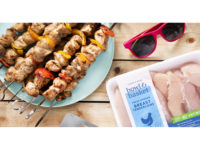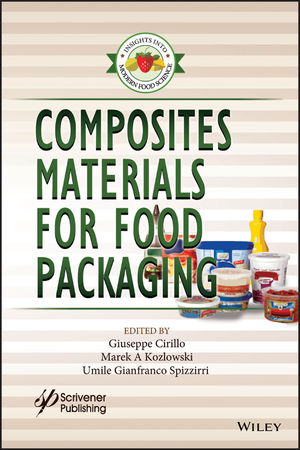Piggly Wiggly partners with West Essex Graphics for accelerated rebrand of private label line
The Piggly Wiggly rebrand decision was, in part, prompted by looming FDA-mandated changes to nutrition labels.

Piggly Wiggly, Keene, N.H., operates more than 530 stores in 17 states. That’s why it’s a major undertaking when a company of this size initiates an accelerated rebrand of more than 1,400 individual SKUs of private label products.
The Piggly Wiggly rebrand decision was, in part, prompted by looming FDA-mandated changes to nutrition labels. These new regulations will require updated nutritional information to be incorporated onto packages beginning in 2020. Piggly Wiggly sought to accomplish its label redesign in less than two years, effectively meeting two goals – a brand redesign and regulation compliance – in one major initiative.
Knowing that this undertaking would require close collaboration with a trusted partner, Piggly Wiggly turned to West Essex Graphics (WEG), Fairfield, N.J.
Based on the sheer number of SKUs involved, this effort would require careful planning and a highly disciplined work process. For example, cheese packaging presented an interesting challenge, as private label cheese is a substantial revenue driver for the stores.
“Because there’s a huge market for our private label cheese, we thoroughly explored creative options to ensure we properly showcased the product,” says Timothy Yarosevich, senior director corporate brands of C&S Wholesale Grocers, the owner of the Piggly Wiggly brand.
The cheese category was also critical because the design needed to bridge multiple packaging configurations and still retain the proper "line look" of all the other items in the store. It also had an additional challenge for printing, as multiple types of printing were needed throughout the category.
“Ensuring that these products maintained a consistent look when multiple printers are involved can be difficult if you don’t adhere to strict design protocols and rigorous quality control procedures,” says Robert Jackson, senior vice president of sales for WEG.
A process-oriented approach to a new design
WEG follows a structured process that helps streamline and consolidate workflow for large-scale rebrands such as Piggly Wiggly. WEG interviews clients to determine precise goals, and then assesses strengths and weaknesses of existing graphics. WEG then generates a variety of designs and presents them on a range of products across multiple substrates, providing a comprehensive preview for the client.
Once a concept receives the green light, WEG creates graphic standards guidelines to establish layout norms and maintain consistency throughout the execution of the redesign. Upon launch, the company uses a web-based presentation tool to allow the client to review, discuss, critique and approve designs in real time for a more accelerated workflow. WEG also manages all necessary photography and takes responsibility for contacting suppliers and gathering packaging specifications. The adoption of such tasks by WEG alleviates customers like Piggly Wiggly from having to allocate additional internal resources to the overall project.
Upon approval of artwork, WEG prepares final contract proofs and locks down deliverables for printers. Clients then receive the option of hard copy or digital proof approval to streamline final release of print files. To help support advertising executives, retailers and merchandisers, WEG often provides 3D renderings of completed products, which are hosted on a secure website for client use. These renderings can be used in print, web or in-house promotions to help sell new and redesigned products.
Speed to (super)market
When collaborating with Piggly Wiggly to develop new packaging designs, WEG understood the importance of maintaining brand equity, including Piggly Wiggly’s iconic pig, while still giving the package a fresh look. WEG supplied an array of creative options, and Piggly Wiggly executives pared the potential choices down to five. For the final stage of the project, the executives turned the decision over to an employee/customer vote.
Piggly Wiggly says the rebranding process has been extremely smooth, with WEG acting like a seamless extension of their team. Together, the companies have completed about 20 redesigns per week, spanning product categories of all shapes and sizes.
Although WEG often closely coordinates jobs with outside printers, Piggly Wiggly’s decision to have WEG manage the print process for this project helped ensure the finished products’ high quality and prompt delivery.
“Considering the time constraints and the number of SKUs involved, over 1,300 items over the past year, we couldn’t be happier with the speed and precision with which West Essex Graphics made this entire project happen,” says Yarosevich.
Looking for a reprint of this article?
From high-res PDFs to custom plaques, order your copy today!








